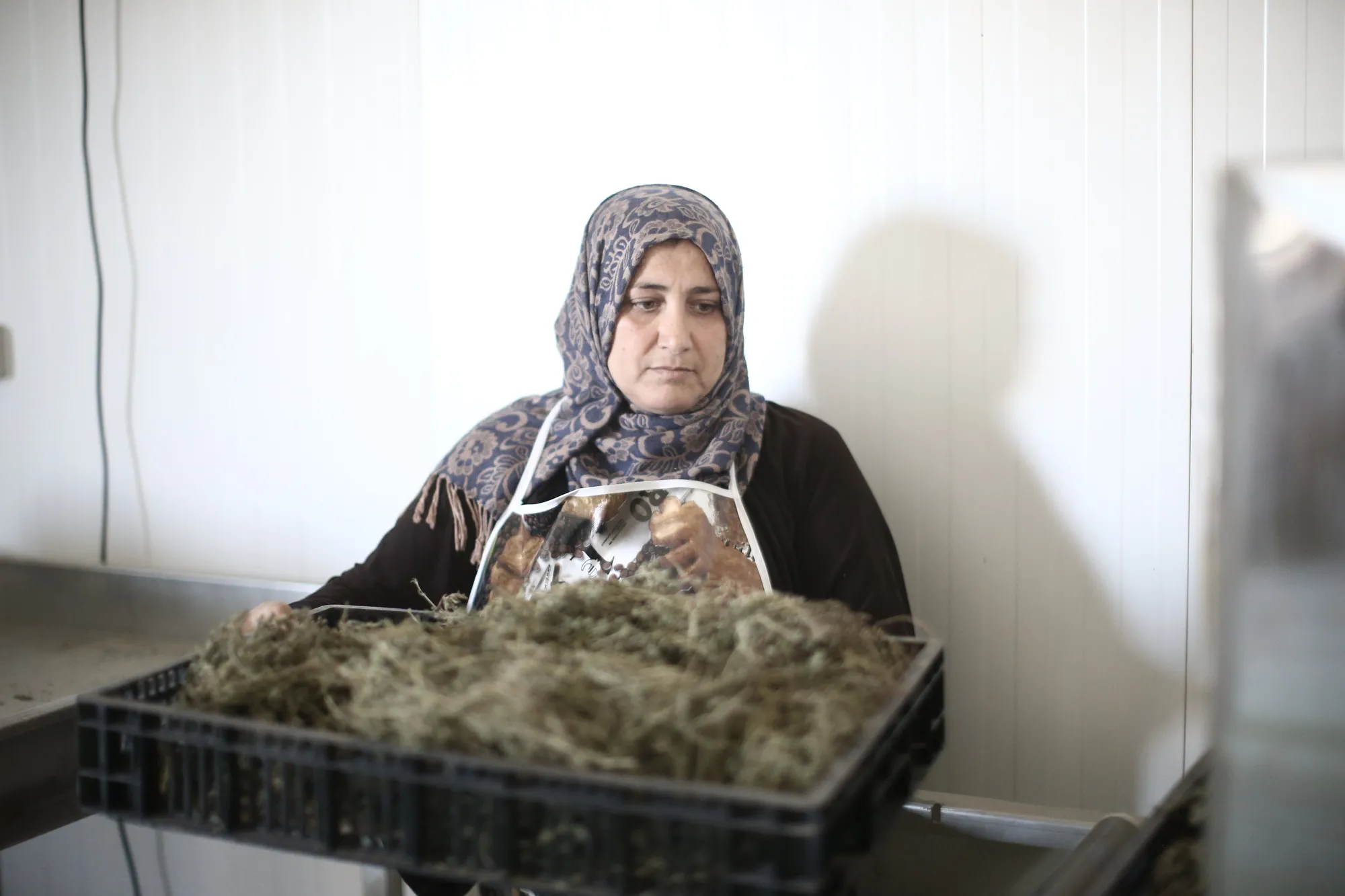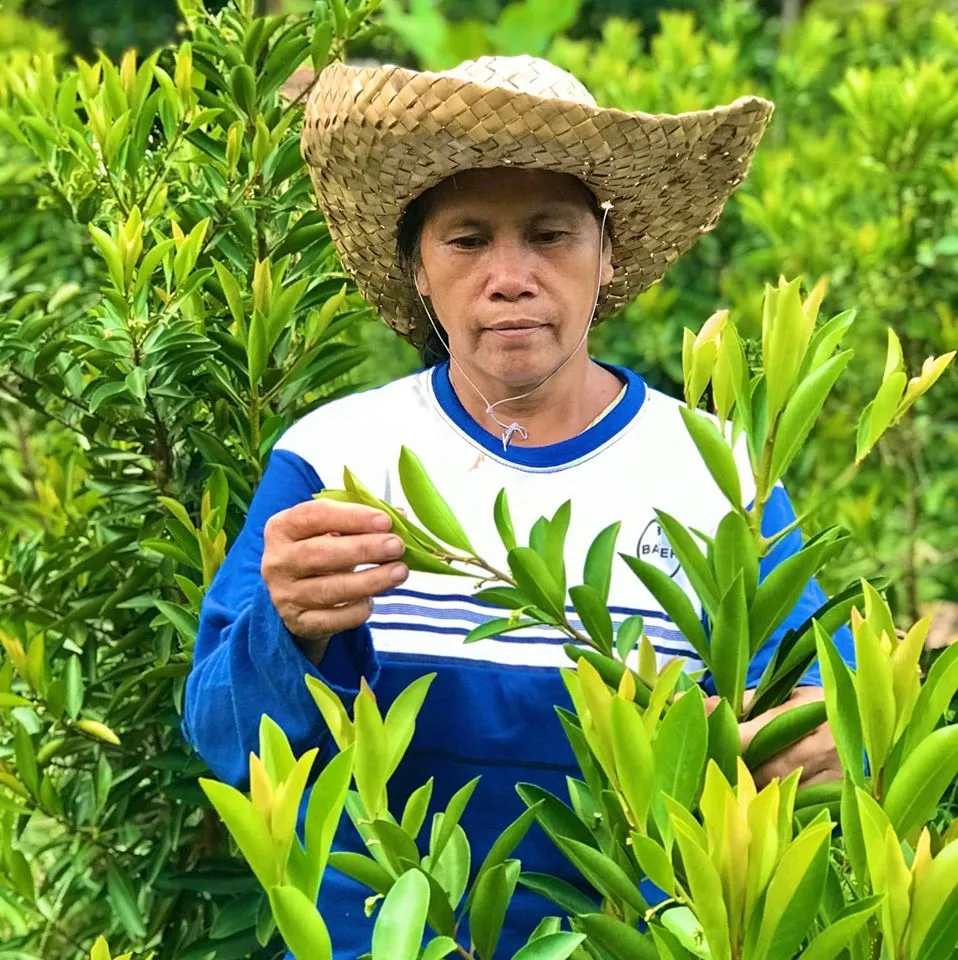“With the lockdown affecting people’s ability to sell their products, and with the lack of food,” says Um Muhammed of Palestine, “I launched an initiative with the women of Jalamah. It started as an ad hoc WhatsApp group, where I offered to exchange extra fertilizer for pesticide for my tomatoes. In no time, women started to follow, offering other inputs and suggesting exchange of produce too!”
“The initiative has created a sense of community,” she continues. “The WhatsApp group has become a source of information, knowledge and experience. And we [provide] social support. With the no-human-to-human interaction, the group has bonded and become a platform for sharing thoughts and feelings, something that’s of huge importance during a crisis.”
Um’s story is just one of the amazing stories of women leading through the COVID-19 crisis, and finding ways to use the resources they can access to solve the real food crisis they are facing. CARE’s new report on women, hunger, and COVID: Left Out and Left Behind showcases both the challenges women like Um are facing, and the ways they are banding together to solve their problems. The report is one in a series of documents from CARE that help us bring global attention to what we know about women’s experiences in COVID-19, and how the global response needs to change to better support these women leaders.
CARE is working around the world to help these women find solutions. We’ve supported more than 1.5 million people to get nutritious food, provided cash or vouchers to more than 515,000 people, and helped more than 2.6 million people access clean water.


